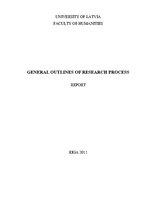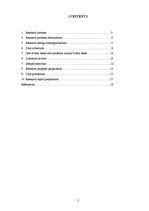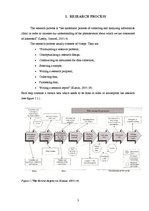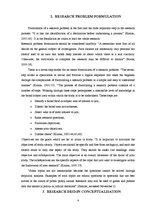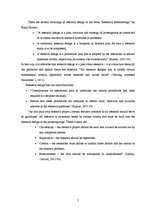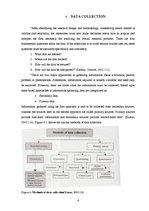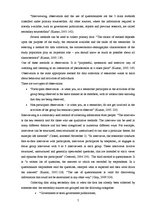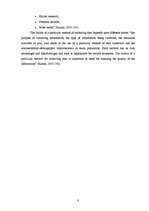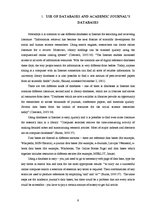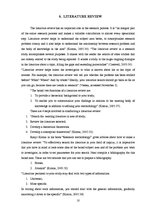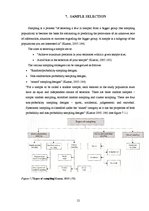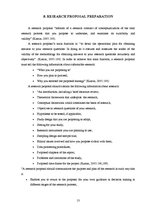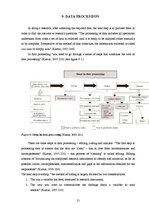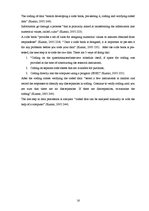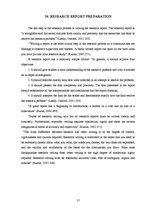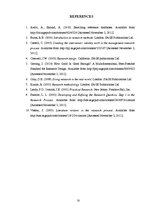-
General Outlines of Research Process
| Nr. | Sadaļas nosaukums | Lpp. |
| 1. | Research process | 3 |
| 2. | Research problem formulation | 4 |
| 3. | Research design conceptualisation | 5 |
| 4. | Data collection | 6 |
| 5. | Use of data bases and academic journal’s data bases | 9 |
| 6. | Literature review | 10 |
| 7. | Sample selection | 12 |
| 8. | Research proposal preparation | 13 |
| 9. | Data procession | 15 |
| 10. | Research report preparation | 17 |
| References | 18 |
Formulation of a research problem is the first and the most important step in the research process: “It is like the identification of a destination before undertaking a journey” (Kumar, 2005:40). It is the foundation on which is built the whole research.
Research problem formulation should be considered carefully: “A researcher must first of all decide on the general subject of investigation. Such choices are necessarily very personal but should lead to an area that holds deep interest or about which there is a real curiosity. Otherwise, the motivation to complete the research may be difficult to sustain” (Burns, 2000:26).
There is a seven step-model for an easier formulation of a research problem: “The seven-step model is operational in nature and follows a logical sequence that takes the beginner through the complexities of formulating a research problem in a simple and easy to understand manner” (Kumar. 2005:53). “The process of formulating a research problem consists of a number of steps. Working through these steps presupposes a reasonable level of knowledge in the broad subject area within which the study is to be undertaken. …
viss par Research process - Research problem formulation Research design conceptualisation Data collection Use of data bases and academic journal’s data bases Research report preparation Sample selection Research proposal preparation Data procession Literature review

